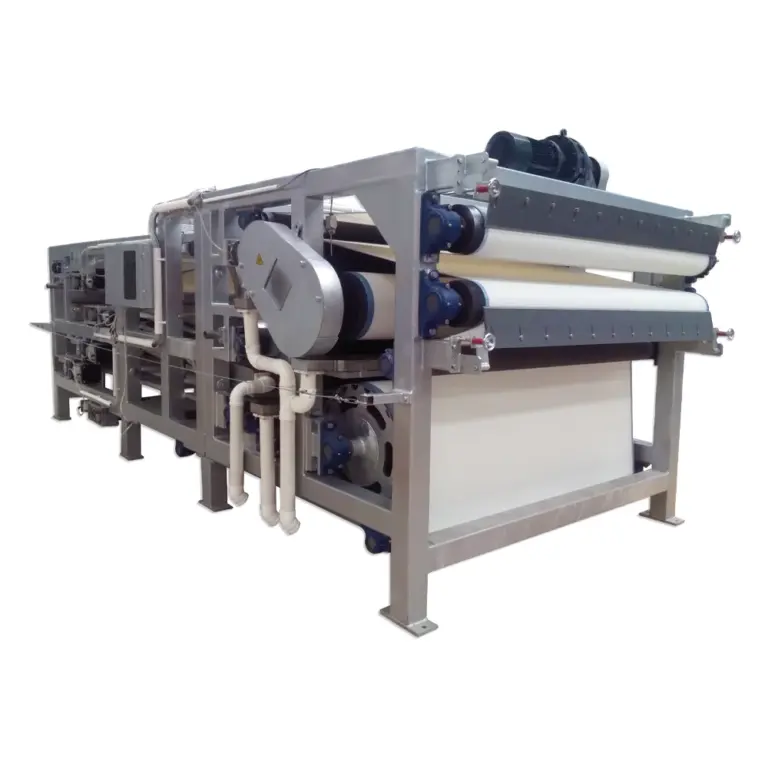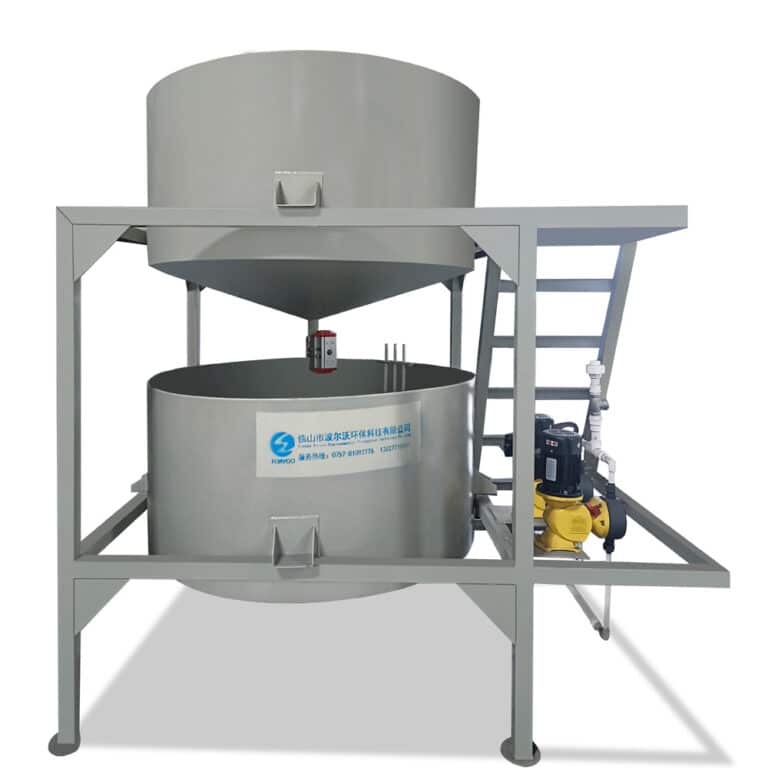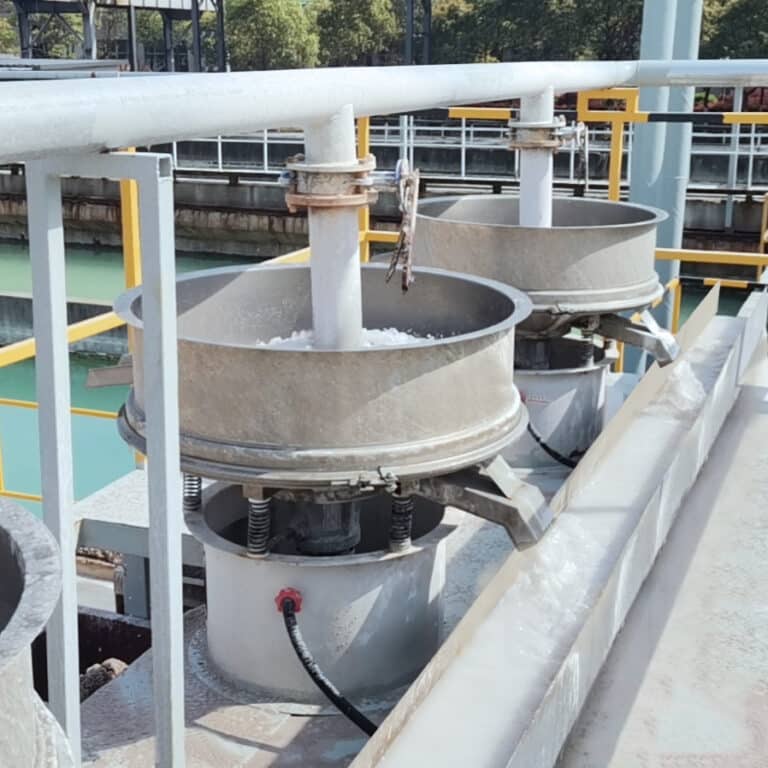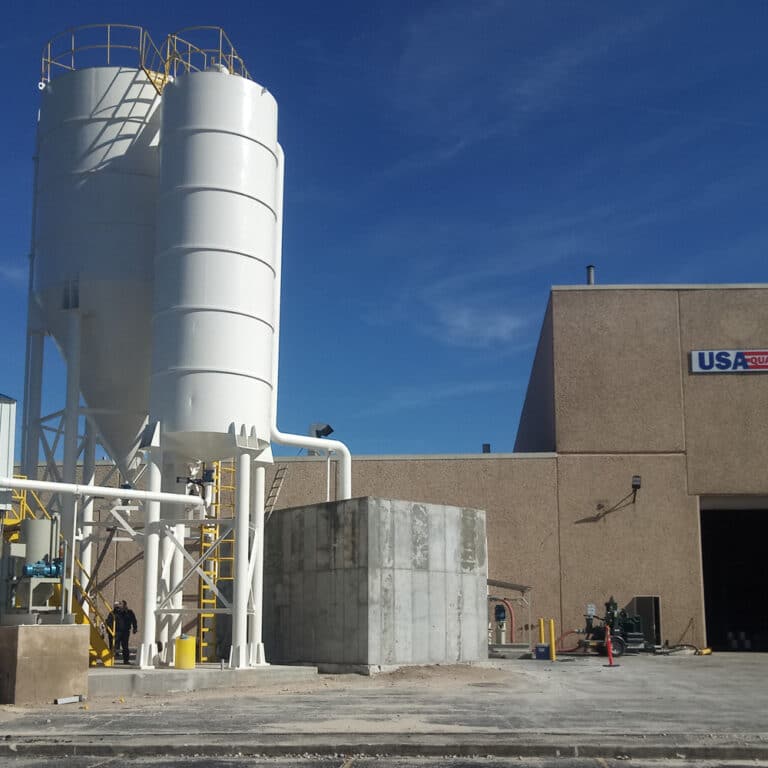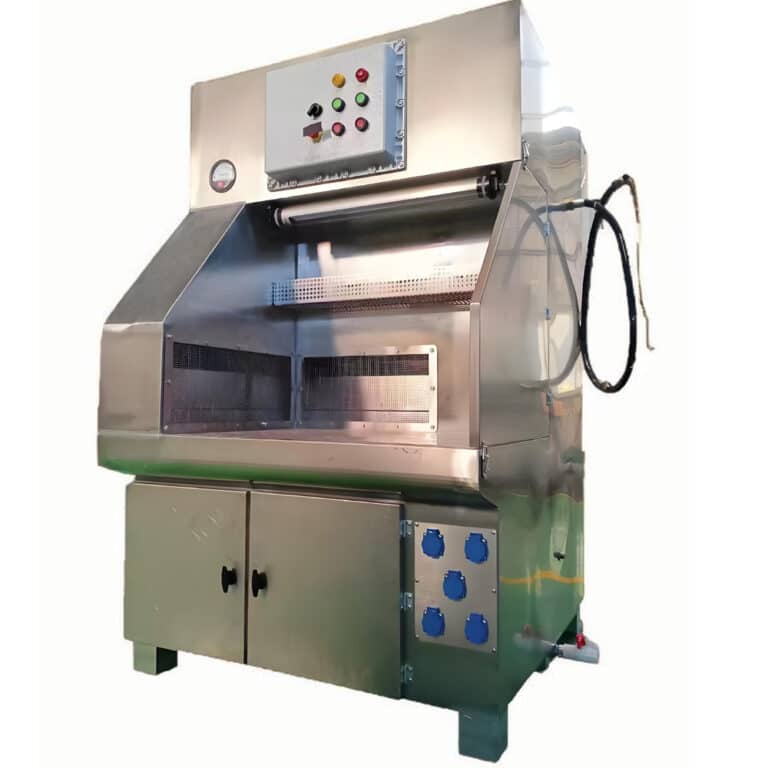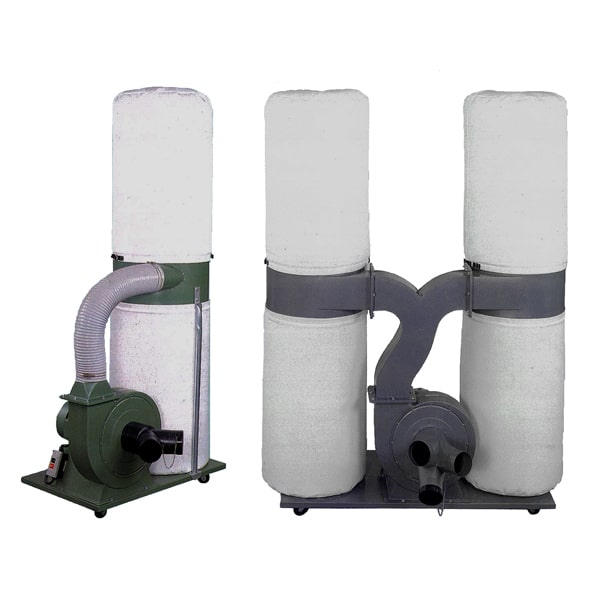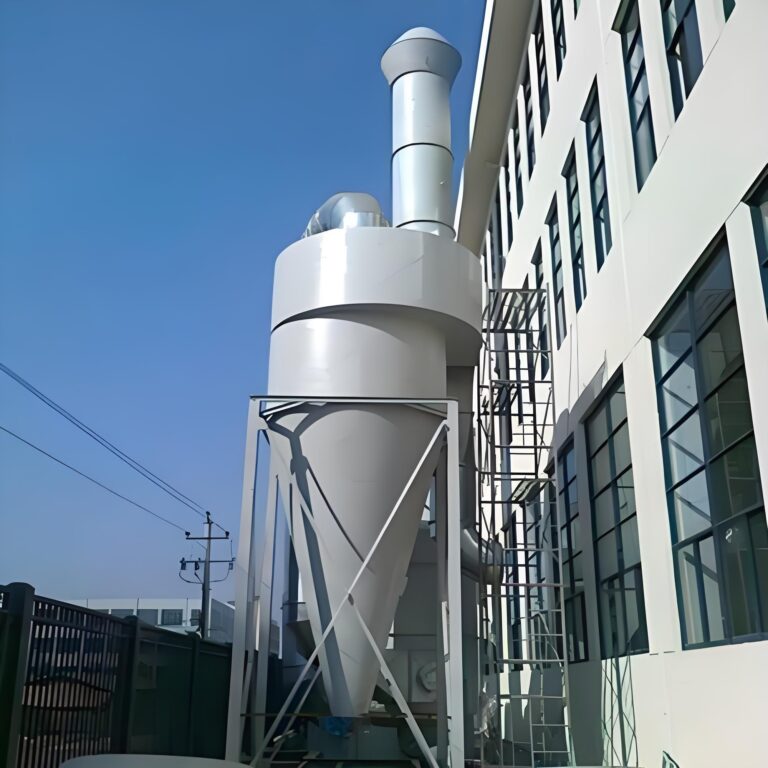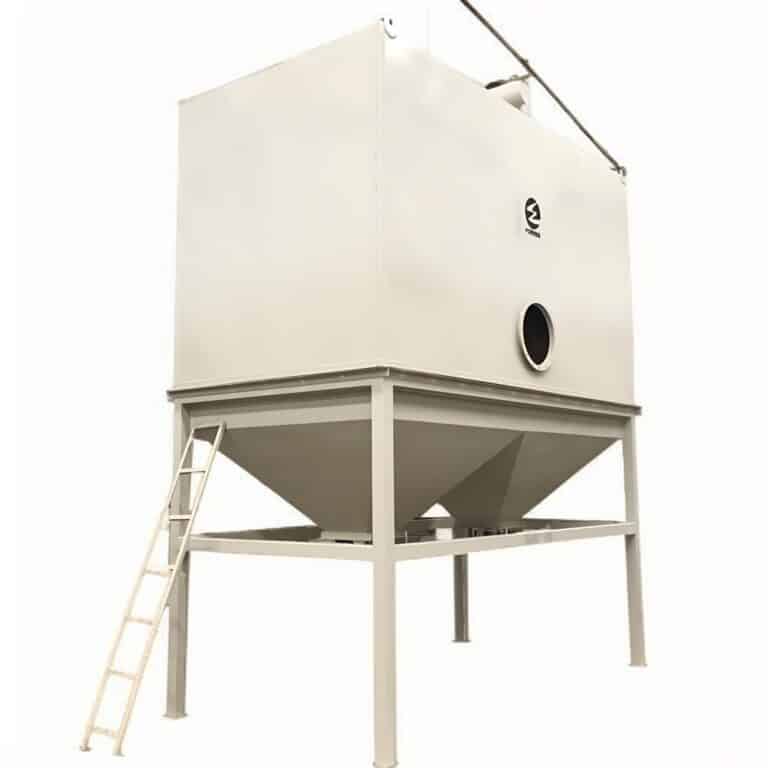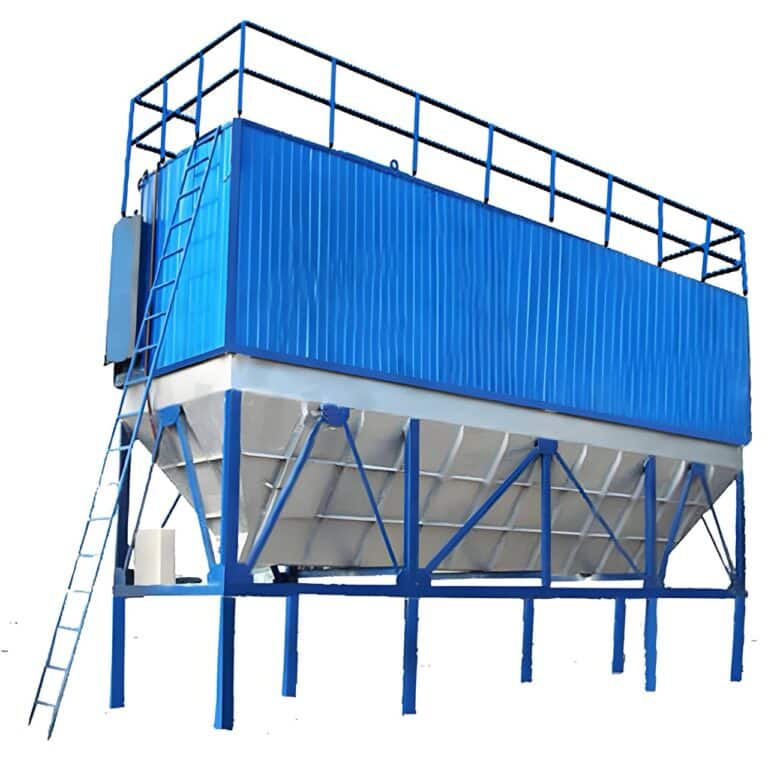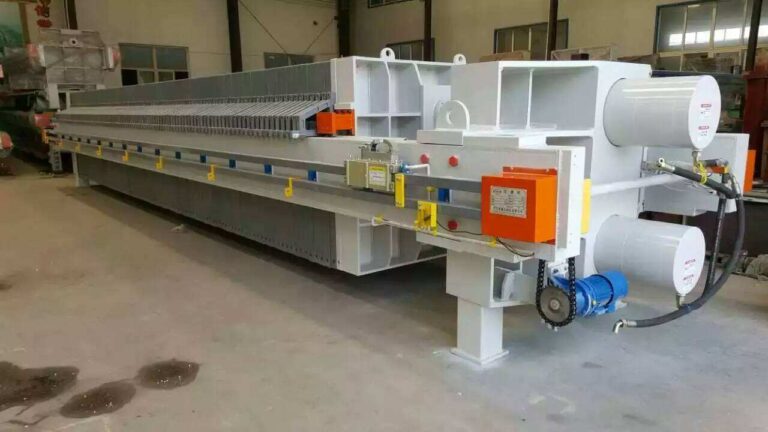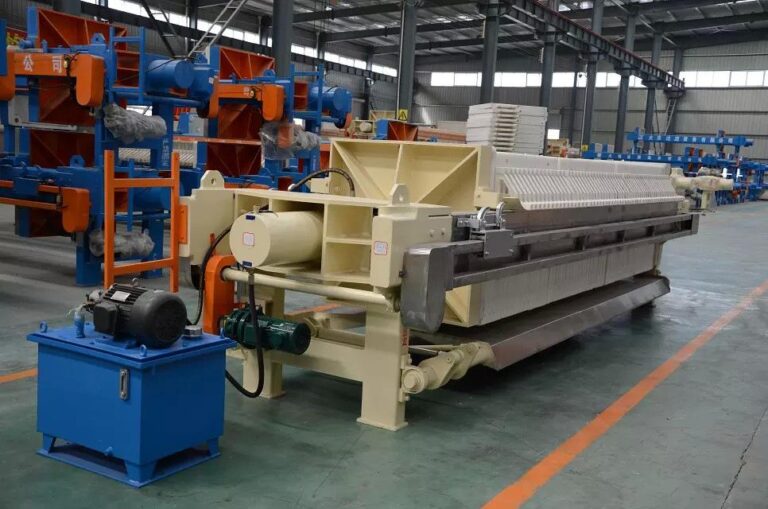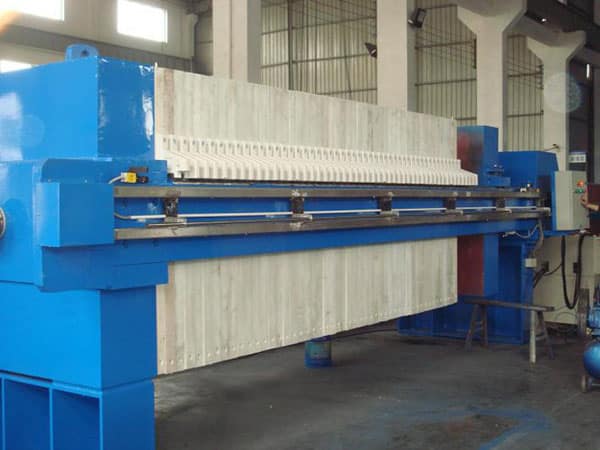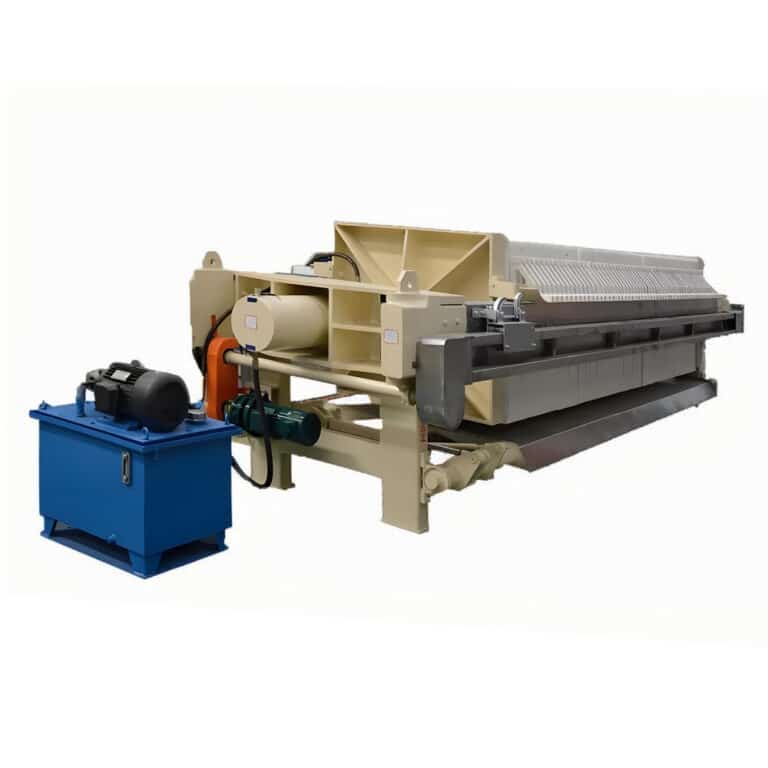Le filtropresse a nastro sono emerse come una tecnologia cruciale in vari settori industriali per un'efficace separazione solido-liquido. Queste macchine svolgono un ruolo fondamentale nella disidratazione dei fanghi, nella riduzione del volume dei rifiuti e nel miglioramento dell'efficienza complessiva del processo. Con l'inasprirsi delle normative ambientali e la ricerca di pratiche più sostenibili da parte delle industrie, la comprensione delle capacità e delle applicazioni delle filtropresse a nastro non è mai stata così importante. Le filtropresse a nastro utilizzano un processo di filtrazione continua per separare i solidi dai liquidi, producendo un materiale più secco che è più facile da gestire e smaltire. Questa tecnologia trova largo impiego nel trattamento delle acque reflue, nell'industria mineraria, nella lavorazione chimica e nella produzione alimentare, tra gli altri settori. Applicando una pressione meccanica attraverso una serie di nastri e rulli, queste macchine possono ottenere una significativa riduzione dell'umidità in vari tipi di fanghi e impasti.Approfondendo il mondo delle filtropresse a nastro, esploreremo i loro principi di funzionamento, i componenti chiave e i fattori che ne influenzano le prestazioni. Esamineremo inoltre le diverse applicazioni nei vari settori industriali e discuteremo di come ottimizzare queste macchine per ottenere la massima efficienza. Che siate operatori di impianti, ingegneri o professionisti del settore, questa guida completa vi fornirà preziose informazioni sulle capacità e i vantaggi delle filtropresse a nastro.
Le filtropresse a nastro sono macchine industriali progettate per i processi di separazione solido/liquido, in particolare per la disidratazione dei fanghi in vari settori, tra cui quello chimico, minerario, del trattamento delle acque e della produzione alimentare.
Come funziona una filtropressa a nastro?
Un filtropressa a nastro opera attraverso una serie di fasi, ciascuna progettata per rimuovere progressivamente l'acqua dal fango o dal liquame in lavorazione. Il processo inizia con l'introduzione del fango condizionato su un nastro poroso, dove si verifica un'iniziale disidratazione per gravità. Man mano che il materiale si muove attraverso la macchina, incontra livelli crescenti di pressione, separando ulteriormente il liquido dai solidi. Le fasi chiave del funzionamento di una filtropressa a nastro comprendono:
- Zona di drenaggio a gravità
- Zona a cuneo (media pressione)
- Zona di taglio ad alta pressione
Ciascuna di queste zone svolge un ruolo cruciale nel raggiungimento di risultati di disidratazione ottimali. La zona di drenaggio per gravità consente all'acqua libera di separarsi naturalmente, mentre le zone a cuneo e ad alta pressione applicano una forza meccanica per estrarre ulteriore umidità dal materiale.
Le filtropresse a nastro raggiungono in genere un aumento del 5-10% della concentrazione di solidi nella sola zona di drenaggio per gravità, con un'ulteriore disidratazione nelle fasi successive.
| Zona | Funzione | Pressione applicata |
|---|---|---|
| Drenaggio a gravità | Rimozione iniziale dell'acqua libera | Nessuno (solo gravità) |
| Zona del cuneo | Compressione delicata dei fanghi | Medio |
| Taglio ad alta pressione | Massima estrazione di acqua | Alto |
Quali sono i componenti principali di una filtropressa a nastro?
Un filtropressa a nastro è costituito da diversi componenti critici che lavorano insieme per ottenere un'efficiente separazione solido-liquido. La comprensione di questi componenti è essenziale per il corretto funzionamento e la manutenzione dell'apparecchiatura. I componenti principali di una filtropressa a nastro includono:
- Nastri filtranti
- Rulli e meccanismi di azionamento
- Telaio e struttura di supporto
- Sistemi di lavaggio
- Sistemi di raccolta del filtrato
Ciascuno di questi componenti svolge un ruolo specifico nel processo di disidratazione. I nastri filtranti, in genere realizzati con tessuti sintetici resistenti, costituiscono il mezzo poroso attraverso il quale viene estratta l'acqua. I rulli guidano i nastri ed esercitano una pressione sul fango, mentre il telaio sostiene l'intero gruppo.
Il design e la qualità dei nastri filtranti sono fattori cruciali per le prestazioni di una filtropressa a nastro, in quanto influenzano sia l'efficienza di disidratazione che la durata operativa.
| Componente | Funzione | Materiale |
|---|---|---|
| Nastri filtranti | Fornire un mezzo di filtrazione | Tessuti sintetici |
| Rulli | Guidare le cinghie e applicare la pressione | Acciaio o altri metalli |
| Telaio | Struttura di supporto | Acciaio |
| Sistemi di lavaggio | Cinghie pulite | Vari |
| Raccolta del filtrato | Cattura dell'acqua estratta | Vari |
Quali fattori influenzano le prestazioni della filtropressa a nastro?
Le prestazioni di una filtropressa a nastro sono influenzate da una serie di fattori, sia legati all'apparecchiatura stessa che alle caratteristiche del materiale da trattare. L'ottimizzazione di questi fattori è fondamentale per ottenere i migliori risultati di disidratazione possibili. Alcuni dei fattori principali che influenzano le prestazioni di una filtropressa a nastro sono:
- Caratteristiche dei fanghi
- Condizionamento dei polimeri
- Velocità e tensione della cinghia
- Pressione applicata in diverse zone
- Pratiche di manutenzione e pulizia
Ognuno di questi fattori può avere un impatto significativo sull'efficienza del processo di disidratazione e sulla qualità del prodotto finale. Ad esempio, un adeguato condizionamento del polimero può migliorare notevolmente la separazione dei solidi dai liquidi, mentre la velocità ottimale del nastro garantisce un tempo di permanenza sufficiente per un'efficace disidratazione.
Il tipo e la concentrazione dei solidi presenti nell'alimentazione, nonché l'età del fango, possono avere un impatto significativo sulle prestazioni di una filtropressa a nastro e sull'essiccazione del prodotto ottenibile.
| Fattore | Impatto sulle prestazioni | Metodo di ottimizzazione |
|---|---|---|
| Caratteristiche dei fanghi | Alto | Pretrattamento adeguato |
| Condizionamento dei polimeri | Alto | Dosaggio e tipo corretti |
| Velocità del nastro | Medio | Regolare in base all'alimentazione |
| Tensione della cinghia | Medio | Bilanciamento della pressione e dell'usura |
| Manutenzione | Alto | Pulizia e ispezione regolari |
Come vengono applicate le filtropresse a nastro nel trattamento delle acque reflue?
Nel campo del trattamento delle acque reflue, le filtropresse a nastro svolgono un ruolo cruciale nella gestione e nella riduzione del volume dei fanghi prodotti durante il processo di trattamento. Queste macchine sono particolarmente efficaci nel disidratare i fanghi attivi primari e di scarto (WAS), aiutando gli impianti di trattamento a soddisfare i requisiti normativi e a migliorare l'efficienza operativa complessiva:
- Riduzione del volume dei fanghi per facilitarne la gestione e lo smaltimento
- Aumentare il contenuto di solidi del panello di fango
- Facilitare l'ulteriore trattamento o il riutilizzo vantaggioso dei biosolidi.
- Migliorare l'efficienza complessiva dell'impianto e ridurre i costi operativi
L'efficacia delle filtropresse a nastro nel trattamento delle acque reflue dipende da vari fattori, tra cui il tipo di fango da trattare, il contenuto finale di solidi desiderato e i parametri operativi specifici dell'apparecchiatura.
Le filtropresse a nastro possono in genere raggiungere concentrazioni di solidi nella torta di 12-50% per i fanghi di acque reflue, con fanghi primari che in genere producono un contenuto di solidi più elevato rispetto ai fanghi attivi di scarto.
| Tipo di fango | Solidi di alimentazione tipici (%) | Solidi tipici della torta (%) | Dose di polimero (g/kg DS) |
|---|---|---|---|
| Primario | 4-8 | 26-35 | 1.5-2.5 |
| Fanghi attivi di scarto (WAS) | 1-2 | 12-20 | 5-10 |
| Primario digerito in anaerobiosi | 2-5 | 24-35 | 2-5 |
| Misto primario + WAS | 3-5 | 15-25 | 3-5.5 |
Quali sono le applicazioni delle filtropresse a nastro nell'industria mineraria?
L'industria mineraria si basa molto su processi efficienti di separazione solido-liquido e le filtropresse a nastro si sono dimostrate una risorsa preziosa in questo settore. Queste macchine sono utilizzate per disidratare vari tipi di fanghi minerali e sterili, aiutando a recuperare materiali preziosi e a gestire i rifiuti in modo più efficace:
- Disidratazione dei concentrati minerali
- Trattamento degli sterili per lo smaltimento o il riutilizzo
- Recupero dell'acqua di processo per il ricircolo
- Riduzione del volume dei materiali di scarto
La capacità delle filtropresse a nastro di gestire fanghi ad alto contenuto di solidi le rende particolarmente adatte a molte applicazioni minerarie. Possono ottenere riduzioni significative del contenuto di umidità, che è fondamentale sia per la qualità del prodotto che per la conformità ambientale.
Nelle applicazioni minerarie, le filtropresse a nastro possono spesso raggiungere concentrazioni di solidi nella torta di 70-80% o superiori, a seconda delle caratteristiche del minerale e delle condizioni di processo.
| Materiale | Solidi di alimentazione tipici (%) | Solidi della torta raggiungibili (%) | Considerazioni chiave |
|---|---|---|---|
| Residui di carbone | 20-30 | 65-75 | Abrasività |
| Concentrati di minerali metallici | 30-50 | 80-90 | Distribuzione dimensionale delle particelle |
| Sabbie minerali | 40-60 | 85-95 | Contenuto di argilla |
| Residui di fosfato | 25-35 | 70-80 | Proprietà chimiche |
In che modo le filtropresse a nastro contribuiscono alla lavorazione di alimenti e bevande?
Nell'industria alimentare e delle bevande, le filtropresse a nastro svolgono un ruolo importante in diverse applicazioni di lavorazione, in particolare nella produzione di succhi, vini e altri prodotti liquidi. Queste macchine aiutano a separare in modo efficiente i solidi dai liquidi, migliorando la qualità del prodotto e riducendo gli scarti. Le applicazioni principali delle filtropresse a nastro nella lavorazione di alimenti e bevande includono:
- Estrazione e chiarificazione del succo di frutta
- Produzione di vino e separazione dei mosti
- Lavorazione e disidratazione dei vegetali
- Disidratazione dei cereali esausti del birrificio
L'uso di filtropresse a nastro in queste applicazioni può portare a rese più elevate, a una maggiore consistenza del prodotto e a un uso più efficiente delle materie prime. Inoltre, la capacità di recuperare solidi di valore può creare opportunità di utilizzo dei sottoprodotti.
Nella produzione di succhi, le filtropresse a nastro possono raggiungere rese di estrazione fino a 75-80%, significativamente superiori ai metodi di spremitura tradizionali.
| Applicazione | Alimentazione tipica | Rendimento ottenibile (%) | Vantaggi principali |
|---|---|---|---|
| Succo di mela | Mele schiacciate | 70-75 | Succo chiaro, vinacce secche |
| Mosto d'uva | Uva schiacciata | 75-80 | Separazione efficiente, controllo di qualità |
| Purea di verdure | Vari ortaggi | 65-70 | Consistenza costante, riduzione degli scarti |
| Grano esausto | Rifiuti del birrificio | 30-35 (solidi) | Manipolazione migliorata, potenziale riutilizzo |
Quali pratiche di manutenzione garantiscono prestazioni ottimali della filtropressa a nastro?
Una corretta manutenzione è fondamentale per garantire la longevità e le prestazioni ottimali delle filtropresse a nastro. Una cura e un'attenzione regolari ai componenti chiave possono prevenire fermi macchina imprevisti, migliorare l'efficienza e prolungare la vita dell'apparecchiatura:
- Ispezione e pulizia regolare delle cinghie filtranti
- Lubrificazione di cuscinetti e parti mobili
- Controllo e regolazione della tensione e dell'allineamento della cinghia
- Monitoraggio e manutenzione dei sistemi di lavaggio
- Ispezione e sostituzione dei componenti usurati
L'implementazione di un programma di manutenzione completo non solo aiuta a prevenire i guasti, ma assicura anche che la filtropressa a nastro funzioni al massimo dell'efficienza. Questo può portare a significativi risparmi sui costi nel tempo e a migliorare la produttività complessiva dell'impianto.
Una corretta manutenzione può allungare la vita delle cinghie filtranti fino a 50%, riducendo significativamente i costi operativi e migliorando l'efficacia complessiva dell'apparecchiatura.
| Attività di manutenzione | Frequenza | Impatto sulle prestazioni |
|---|---|---|
| Pulizia del nastro | Giornaliero | Alto |
| Lubrificazione | Settimanale | Medio |
| Controllo della tensione della cinghia | Mensile | Alto |
| Ispezione dei rulli | Trimestrale | Medio |
| Revisione completa | Annualmente | Alto |
In che modo le innovazioni stanno plasmando il futuro della tecnologia delle filtropresse a nastro?
Il settore della tecnologia delle filtropresse a nastro è in continua evoluzione, con nuove innovazioni volte a migliorare l'efficienza, ridurre il consumo energetico e ampliare la gamma di applicazioni. Questi progressi sono guidati dalla necessità di soluzioni di separazione solido-liquido più sostenibili e convenienti in vari settori industriali.Alcune delle principali aree di innovazione nella tecnologia delle filtropresse a nastro includono:
- Materiali avanzati per il nastro per una migliore filtrazione e durata
- Sistemi di controllo intelligenti per prestazioni ottimizzate
- Meccanismi di trasmissione ad alta efficienza energetica
- Progetti ibridi che combinano più tecnologie di separazione
- Configurazioni modulari e scalabili per una maggiore flessibilità
Queste innovazioni non solo migliorano le prestazioni delle filtropresse a nastro, ma aprono anche nuove possibilità di utilizzo in applicazioni difficili e in settori emergenti.
I recenti progressi nei materiali dei nastri hanno permesso di migliorare l'essiccazione dei panelli fino a 5-10% rispetto ai nastri tradizionali e di prolungarne la durata di 20-30%.
| L'innovazione | Benefici | Impatto del settore |
|---|---|---|
| Rivestimenti per nastri in nanofibra | Efficienza di filtrazione migliorata | Alto |
| Sistemi di controllo basati sull'intelligenza artificiale | Prestazioni ottimizzate, intervento ridotto dell'operatore | Medio |
| Azionamenti a frequenza variabile | Risparmio energetico, controllo preciso | Alto |
| Addensante combinato - Presse | Ingombro ridotto, maggiore efficienza | Medio |
| Design modulare | Installazione e scalabilità più semplici | Alto |
In conclusione, le filtropresse a nastro rimangono una tecnologia fondamentale per la separazione solido-liquido in numerosi settori industriali. La loro versatilità, efficienza e il continuo miglioramento attraverso l'innovazione ne garantiscono l'importanza per affrontare le sfide attuali e future nella gestione dei rifiuti e nel recupero delle risorse. Poiché le preoccupazioni ambientali continuano a guidare i progressi tecnologici, possiamo aspettarci che le filtropresse a nastro svolgano un ruolo sempre più importante nei processi industriali sostenibili.
